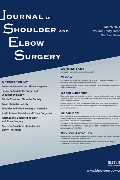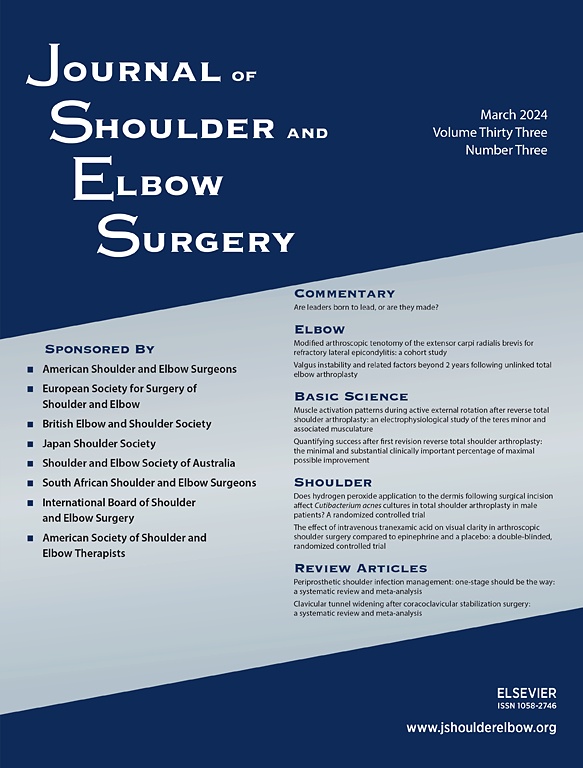
Function, strength, and retear rate do not differ between PRP- and non-augmented rotator cuff repair .
Platelet-rich plasma in fibrin matrix to augment rotator cuff repair: a prospective, single-blinded, randomized study with 2-year follow-up
J Shoulder Elbow Surg. 2018 Sep;27(9):1553-1563. doi: 10.1016/j.jse.2018.05.00372 patients with a full-thickness rotator cuff tear and scheduled for arthroscopic double-row repair were randomized to have their surgery either augmented or not augmented with sutured platelet-rich plasma in a fibrin matrix (PRPFM). Patients were followed up at 6 months for retear rate on MRI, and at 6 and 24 months for outcomes related to patient reported function and shoulder strength. No significant differences between groups in any outcome measured were obtained.
Unlock the Full ACE Report
You have access to 4 more FREE articles this month.
Click below to unlock and view this ACE Reports
Unlock Now
Critical appraisals of the latest, high-impact randomized controlled trials and systematic reviews in orthopaedics
Access to OrthoEvidence podcast content, including collaborations with the Journal of Bone and Joint Surgery, interviews with internationally recognized surgeons, and roundtable discussions on orthopaedic news and topics
Subscription to The Pulse, a twice-weekly evidence-based newsletter designed to help you make better clinical decisions
Exclusive access to original content articles, including in-house systematic reviews, and articles on health research methods and hot orthopaedic topics
































































